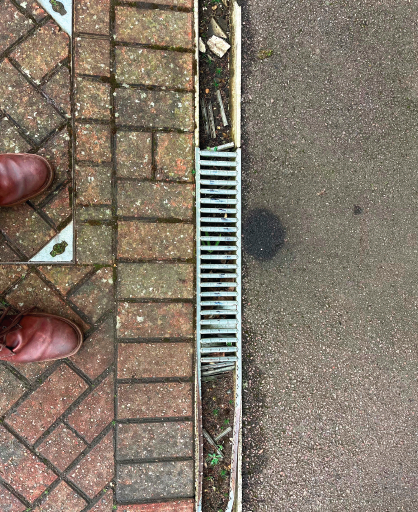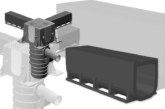
Take a Load Off
In the housebuilding industry, drainage is commonly misunderstood, especially when it comes to load class. Here, Rob Butcher, Design Services Manager at ACO House & Garden, discusses why load class is a fundamental aspect of a drainage system’s longevity and how developers can ensure they are specifying the right drainage for the job.
Something often seen on housing developments is broken drainage channels. Many of these are damaged from traffic anticipated use, with the root cause of the problem being that the wrong product was originally specified. In these cases, drainage channels are likely to sustain serious damage as traffic bears down on them, beyond the weight limit they were designed to withstand.
The load class of any drainage channel must be based on anticipated use, whether by pedestrians, lorries, or something in between. Each project is different and a high number of factors can impact which load class is correct. To ensure drivers and pedestrians are kept safe and drainage is properly provided for, it is always best to consult with a drainage expert to get the right solution for the job.
Size and speed
In developments where commercial vehicles are expected, it may be best to specify C 250 drainage channels as these can handle a certain size of commercial vehicle as well as cars and anything lighter. If traffic in the area is anticipated to be moving quickly, it generally recommended to use a monolithic drainage channel. Fast moving traffic impacts channel drains with more force than slower traffic, meaning there is increased risk of the grating coming loose from the channel. A monolithic channel is a single piece, with the grating and channel as one unit which can lower the risks associated with fast traffic, making the environment safer for vehicles and pedestrians.
Where the channel and grating are separate components, it is important to keep in mind that the load class is determined by both components fitting together correctly. This can be a problem when gratings and channels from different manufacturers are combined. When this happens, the load class rating can become void. For instance, a C 250 grating with a C 250 channel form a different provider will not necessarily make a C 250 system. It is because of these nuances that it is so important to bring experts on board for any project where drainage is an element.

Online tools of the trade
It is vital to get load class right for the safety of people who use the final project. Along with the load classes of drainage components, housebuilders need to consider their capacity as well. Without sufficient capacity, the channels will simply overflow and lead to flooding whenever an especially heavy rainfall event occurs. Accounting for the needed capacity will ensure designs meet the needs of the finished development.
Digital design tools and technology can be a vital resource in this regard. Software such as InfoDrainage or Causeway Flow can be used in conjunction with QuAD, ACO’s online Channel Design software. With these tools, it is possible to incorporate and fully exploit the capacity provided from linear drainage channels within a whole site drainage model.
Ensuring a thorough understanding of the products, tools, and advice available is the first step to properly specified, longlasting drainage. Consulting with drainage experts such as those at ACO will equip housebuilders and property developers with the knowledge and solutions needed to deliver effective drainage systems for all of their projects.


